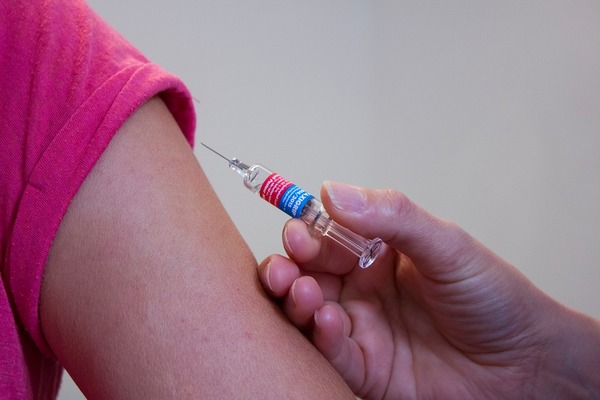About one in four boys and one in five girls in Geelong are missing out on a free life-saving vaccine, according to Cancer Council Victoria.
The vaccine protects against nine types of human papillomaviruses (HPV) that cause approximately 90 per cent of cervical cancers in women.
The Gardasil 9 vaccine, free to year 7 students under a national program, also prevents 95 per cent of all HPV-related cancers in men, including of the penis, anus, mouth and throat.
“It’s fantastic that lots of Geelong parents are choosing to protect their children,” Cancer Council Victoria’s Kate Broun said.
“But there is still work to be done to ensure that all teens have the opportunity to complete the free vaccine course and protect themselves against cancer-causing HPV.”
About 74 per cent of teenage boys in Geelong, slightly below the state average, had received the vaccine in 2015/16, according to the latest data.
Almost 83 per cent of teenage girls, three per cent above the state average, had received the vaccine, according to Australian Institute of Health and Welfare.
“The vaccine is most effective when given at age 12 to 13,” said Ms Broun, who manages immunisation for Cancer Council Victoria.
“We are urging parents to sign the vaccine consent form and ensure their teen receives both doses for the best protection against cancer.”
Health authorities introduced Gardisil 9 to the program in 2018 and the vaccine requires two doses instead of the previous three.
Since the HPV vaccination program was introduced in 2007, there had been a 93 percent reduction in the two most serious HPV types, according to Cancer Council.
More recently Geelong recorded higher rates of vaccination than the rest of Victoria and Australia, according Australian Immunisation Register data.
The quarterly data, released this week, showed almost 97 per cent of Geelong five-year-olds (807 of 835) were fully-vaccinated in December 2019.
The Surf Coast and Corangamite shires had similar rates, while Golden Plains scored almost 99 per cent.
Victoria recorded the best immunisation rate in Australia of 95.4 per cent, up on 93.7 per cent in 2016 and the national average of 94.5 per cent.
The results followed State Government introducing the ‘No Jab No Play’ laws four years ago.
The law made it illegal for a child to attend childcare without being fully-vaccinated.
Higher vaccination rates also increase ‘herd immunity’, which decreases the chance of specific diseases spreading.
This in turn protects people who are medically unable to be vaccinated from contracting the disease.







